How to keep your birdbath clean and algae-free — 5 simple tips
Simple ways to keep your birdbath clean and algae-free, for this summer and beyond
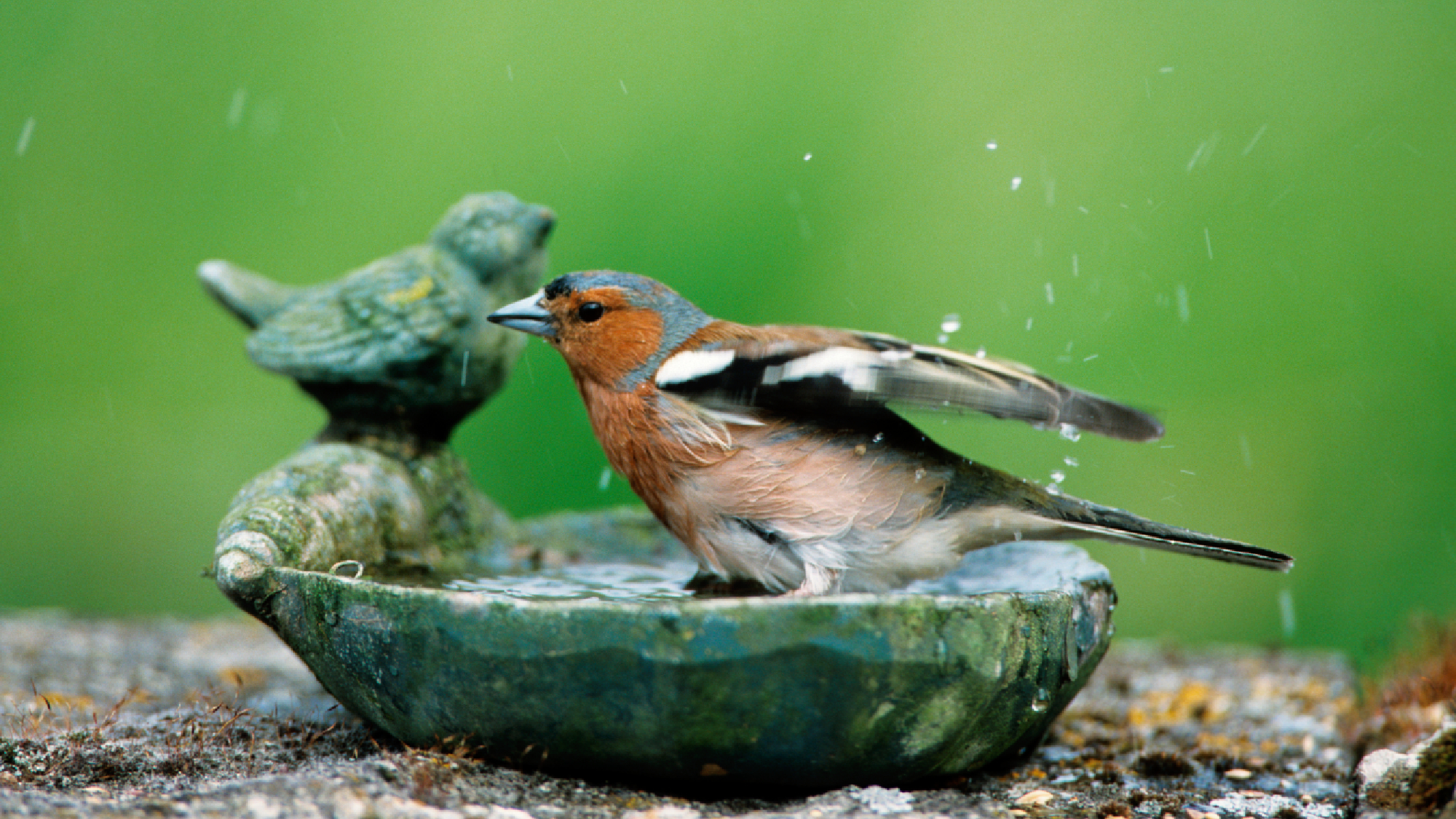
There's nothing quite like watching birds splash around in your backyard birdbath on a hot summer day. But if you've ever maintained one, you know the frustration of checking on it only to find murky green water and slimy algae coating the bottom.
Fortunately, maintaining a clean birdbath isn't as complicated as it might seem. Most algae problems stem from a few common mistakes that are easy to fix once you know what to look for. The right approach combines smart initial setup with consistent but simple maintenance habits.
Strategic placement naturally discourages algae growth, while time-tested cleaning tricks work with nature rather than against it. these solutions work with nature rather than against it. Most approaches use items you already have and require just minutes of your attention.
Here's how to keep your birdbath clean and algae-free.
1. Get the depth right
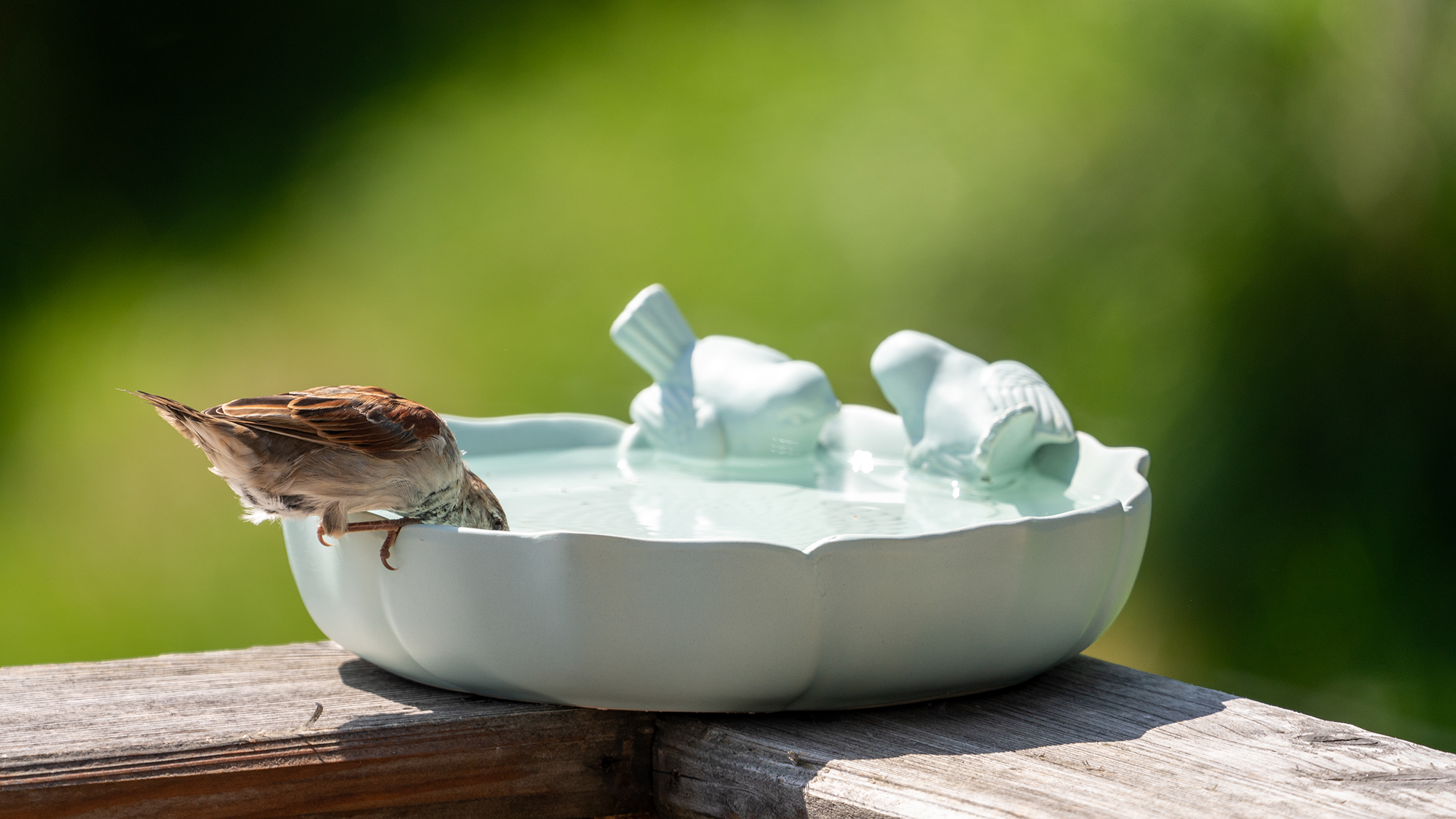
Your bird bath should stay shallow. No more than four inches of water depth works best for most species.
You could also add stones or pebbles to create different levels, which helps birds of various sizes safely enter and exit the water. The surface needs texture so birds can grip with their claws without slipping.
A wide, shallow design encourages more birds to visit since they can bathe at their preferred depth.
2. Choose the perfect location
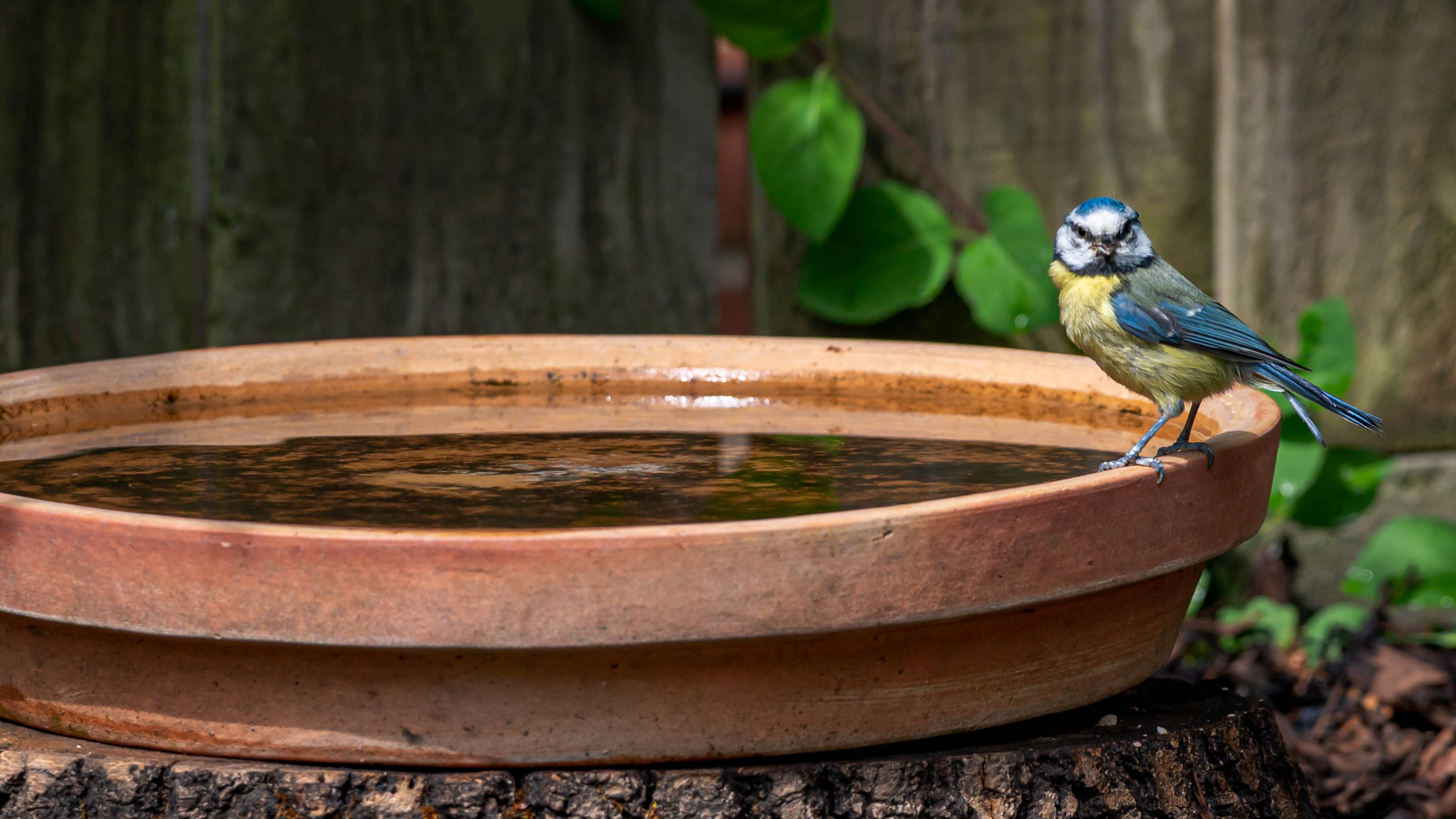
Strategic placement is crucial for both bird safety and water quality. Birds need clear visibility to watch for predators while bathing, but they also want nearby bushes or trees for quick escape routes.
Avoid placing your bath in direct sunlight as the heat makes water uncomfortable for birds and accelerates algae growth. Shaded spots keep the water cooler and fresher throughout hot summer days, which, as an added bonus, reduces the need for frequent cleaning.
3. Clean regularly with simple maintenance
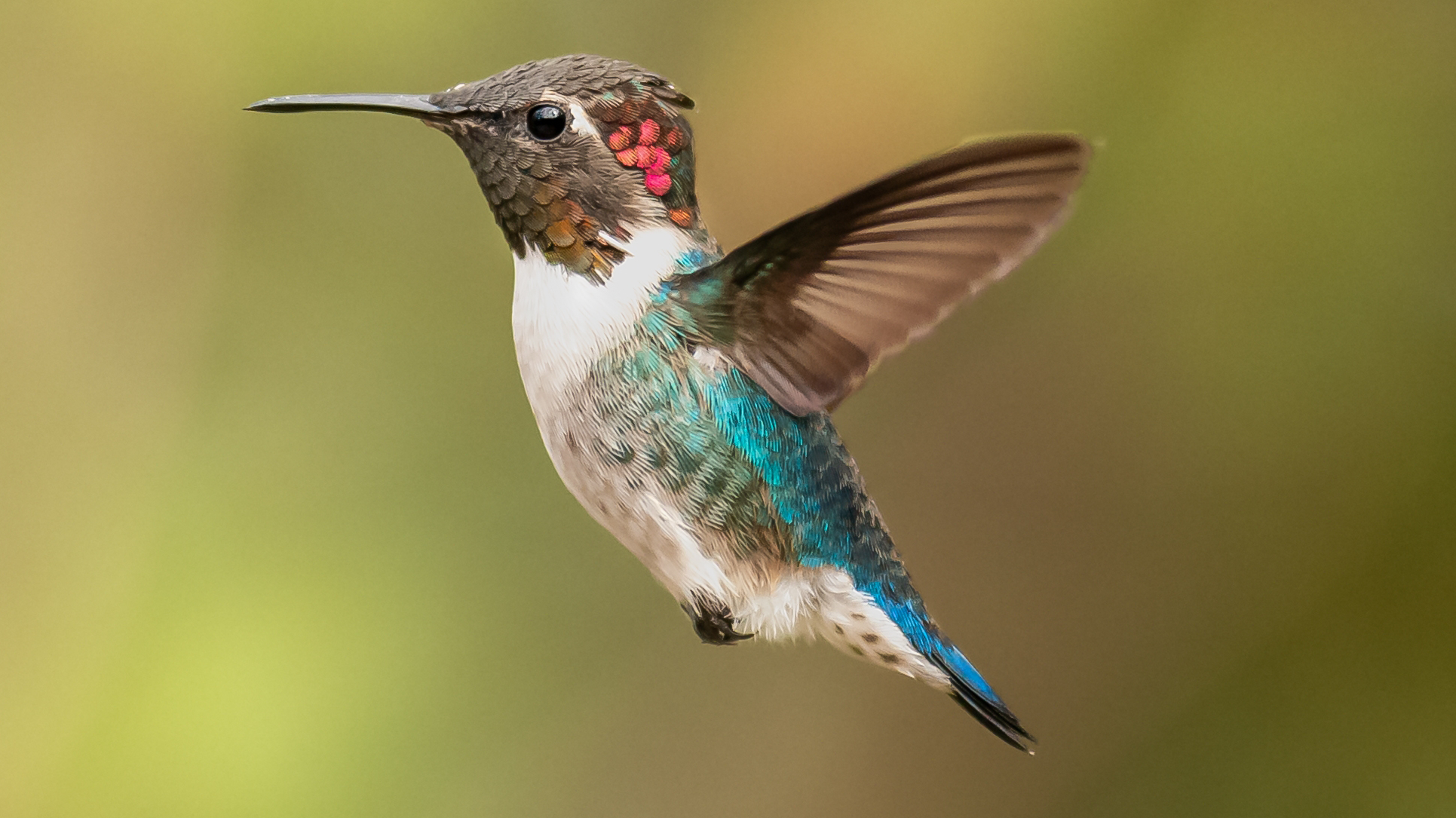
Consistent upkeep is the most effective way to prevent algae problems before they start, and daily maintenance prevents major cleaning headaches later.
Rinse out any droppings, leaves, and debris each day before adding fresh water — this simple step makes a huge difference. For a weekly deep clean, scrub away any algae buildup with a brush.
You can use diluted household cleaners or specialized bird bath products, but thorough rinsing afterward is essential to remove all chemical traces that could harm visiting birds.
4. Try the copper coin trick
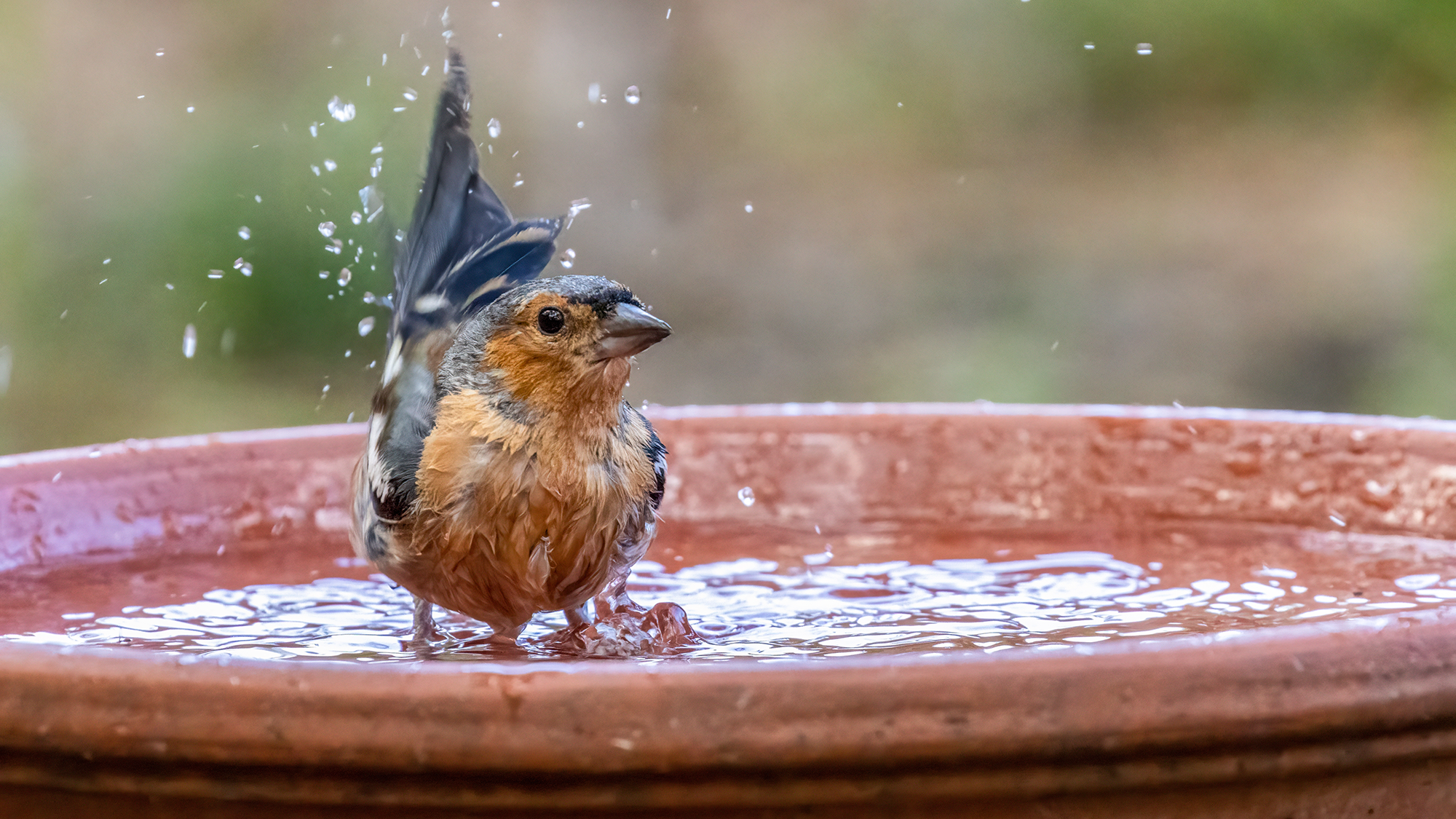
A simple household item can become your secret weapon against algae growth, and it's a trick that's been used for generations.
Copper coins such as pennies act as natural algae fighters when dropped into your bird bath. The copper releases ions that slow algae growth without harming the bathing birds.
Drop a couple copper coins into your birdbath and replace them every three months to prevent rust from developing. This low-maintenance solution keeps your water cleaner between regular cleanings with virtually no effort on your part.
5. Prevent freezing in the colder months

Year-round bird bath maintenance extends beyond just summer algae control. Cold weather doesn't mean your bird bath has to shut down for the season.
You can keep your birdbath ice free by adding a ping pong ball. This simple addition helps to keep a small area ice-free so the birds can still drink and bathe. This is especially important during winter when most natural water sources freeze over.
Never add antifreeze, salt, or other chemicals, as these substances damage birds' waterproofing feathers and can be toxic if ingested.
Why does algae keep coming back?
Algae growth in bird baths often starts with debris falling into the water, which is why placement matters so much. Positioning your bath under a tree keeps water cooler but increases leaf litter and debris that fuel algae growth. It also creates potential hiding spots for predators that might make birds nervous while bathing.
The key to preventing persistent algae is replacing water every couple of days rather than just topping it off. If algae keeps returning despite regular water changes, a thorough cleaning followed by adding a copper coin to fresh water can help slow future growth.
How to prevent algae from growing
Regular water replacement is your best defense against algae taking hold in the first place. Fresh water doesn't just look cleaner - it disrupts the algae life cycle before colonies can establish themselves in your bird bath.
Get instant access to breaking news, the hottest reviews, great deals and helpful tips.
Stagnant water creates perfect conditions for algae to multiply rapidly, especially during warm weather. By changing the water every few days, you remove the nutrients and conditions that algae need to thrive.
This simple habit makes deep cleaning much easier and keeps your bird bath inviting for feathered visitors throughout the summer months.
Now you've learned how to keep your birdbath clean and algae-free, why not take a look at our other useful guides?
If you're looking to attract more hummingbirds, check out these 7 tips for attracting them to your yard. Plus, we have how to protect your bird feeder from hungry squirrels and 5 ideas to turn your backyard into a relaxing retreat.

Kaycee is Tom's Guide's How-To Editor, known for tutorials that skip the fluff and get straight to what works. She writes across AI, homes, phones, and everything in between — because life doesn't stick to categories and neither should good advice. With years of experience in tech and content creation, she's built her reputation on turning complicated subjects into straightforward solutions. Kaycee is also an award-winning poet and co-editor at Fox and Star Books. Her debut collection is published by Bloodaxe, with a second book in the works.
You must confirm your public display name before commenting
Please logout and then login again, you will then be prompted to enter your display name.
